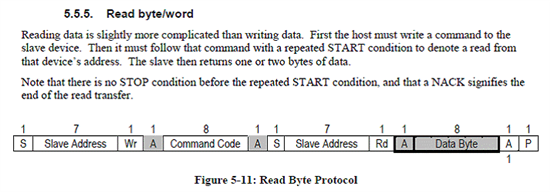Sir / Ma'am,
I have a UCD9080 setup.I am trying to communicate with the IC(UCD9080) over the I2C line.First of all i am trying to configure the IC through 8 bit microcontroller.The communication happening over the I2C line is giving ACK for the Device Address and NACK for both Register address and Data.I am writing a 128 byte block of user data following with 512 byte block of configuration data.Please help me with the issue of NACK arising over the register address and data.How this should be troubleshooted and solved.Is there a software solution or a hardware solution for this ?
Regards,
Nipun


